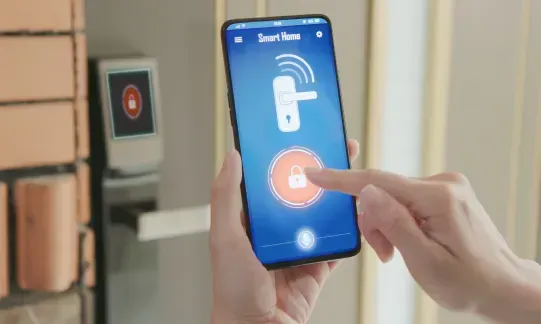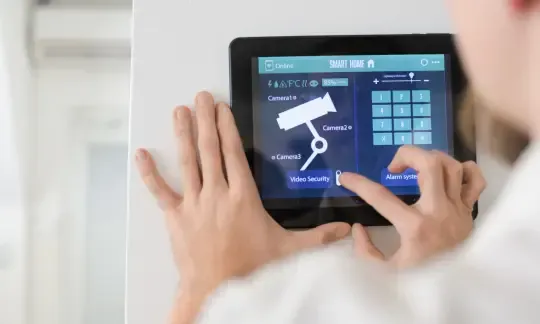If you’re a property owner or manage an office building, you understand the importance of prioritizing security. After all, the entrance of any building is the first line of defense, and ensuring that it’s both secure and convenient for employees is essential. Many business owners opt for a wireless access control system to achieve this balance.
Wireless access control systems come in various forms and operate through different methods. Today, we’ll delve deeper into what these systems are, how they function, and explore their major pros and cons. If you’re curious about this topic, keep reading!
What exactly is a wireless access control system? For those unfamiliar, this is a type of security system designed to allow access to specific areas within a building or facility only to authorized individuals. It operates using wireless protocols like Wi-Fi, Bluetooth, or RFID.
At its core, the system includes a central controller that manages and regulates access to restricted areas. Wireless devices such as access cards, key fobs, or biometric scanners are used to verify the identity of anyone seeking entry.
Take a look at this image of someone opening a smart lock via their smartphone. This visual example illustrates just how seamlessly these systems can integrate into modern environments.

Now, let’s break down how these systems work. When an authorized individual approaches the entry point, they use their biometric data, key fob, or access card on the wireless reader. The reader then sends a signal to the central controller, which verifies the user’s credentials by cross-referencing them with the pre-programmed database. This database contains information such as access permissions, clearance levels, and other relevant details. Based on the verification results, the controller either grants or denies access. If access is approved, a signal is sent back to the reader, unlocking the door or gate.
Here’s another image showing a man using a wireless access control system. This highlights the practical application of these technologies in everyday settings.

Despite their advantages, wireless access control systems aren’t without their drawbacks. On the positive side, they are significantly easier to install and maintain compared to traditional wired systems. Their portability makes them ideal for businesses that relocate frequently. Additionally, they provide flexibility in terms of configuration, allowing you to adjust them according to evolving security needs. Remote operation capabilities give you the ability to monitor your property from anywhere, enhancing convenience and oversight.
The latest models often incorporate advanced features like biometric identification, which greatly enhances overall security. However, it’s crucial to remember that these systems rely on technology, which can occasionally malfunction or encounter compatibility issues. Regular maintenance and password updates are essential to prevent hacking attempts. Battery-powered components also require periodic replacement to avoid unexpected downtime.
In summary, wireless access control systems offer numerous benefits for modern buildings. They provide controlled access while allowing constant monitoring of entry points. Should you need guidance during installation or further clarification about these systems, Sure Lock & Key is here to assist.
While these systems are highly beneficial, they aren’t perfect. As with any technological solution, they require proper upkeep and attention to detail. With that said, the advantages far outweigh the challenges when implemented correctly. Investing in a reliable wireless access control system can significantly enhance your property’s safety and efficiency.
Led Linear Light,Led Linear Strip,Led Linear Pendant Light,Recessed Linear Light
JIANGMEN MICHEN LIGHTING CO.,LTD , https://www.jmmission.com